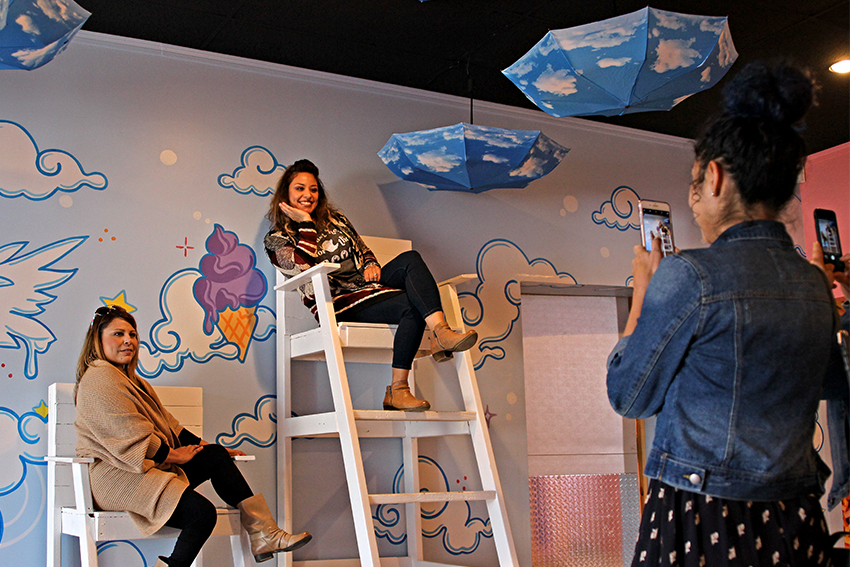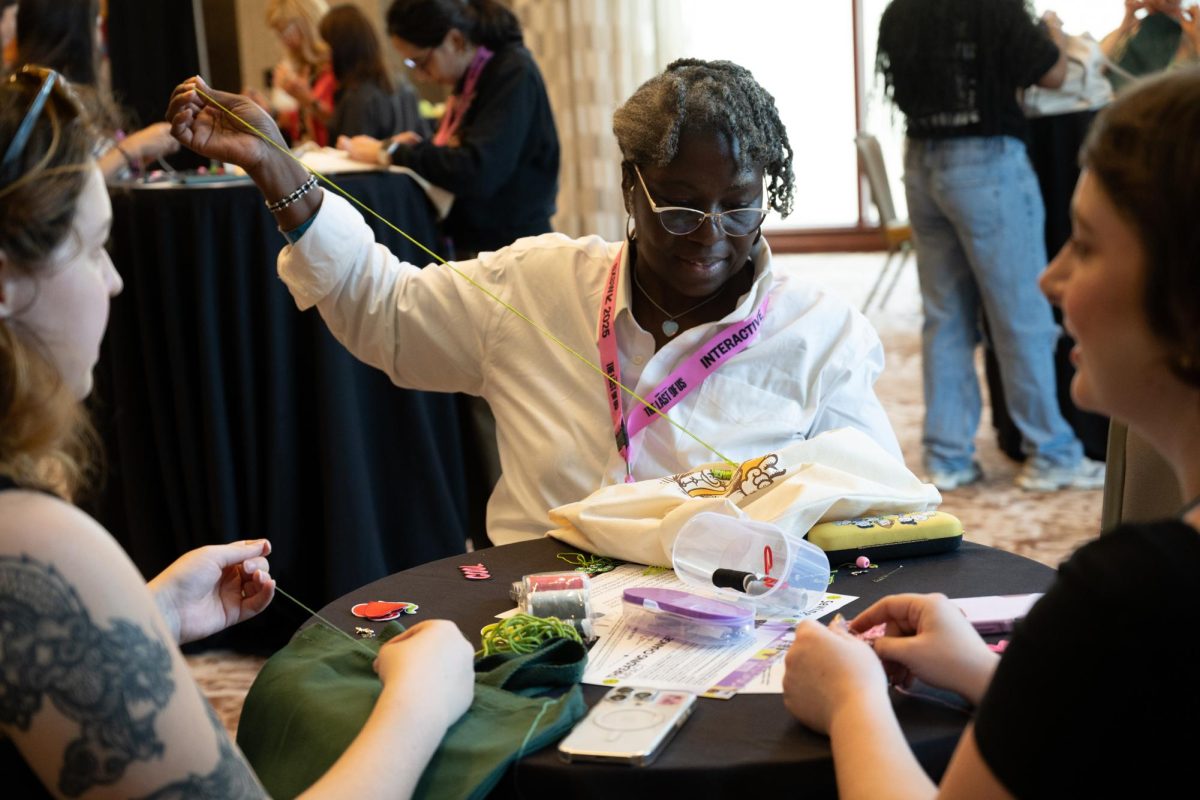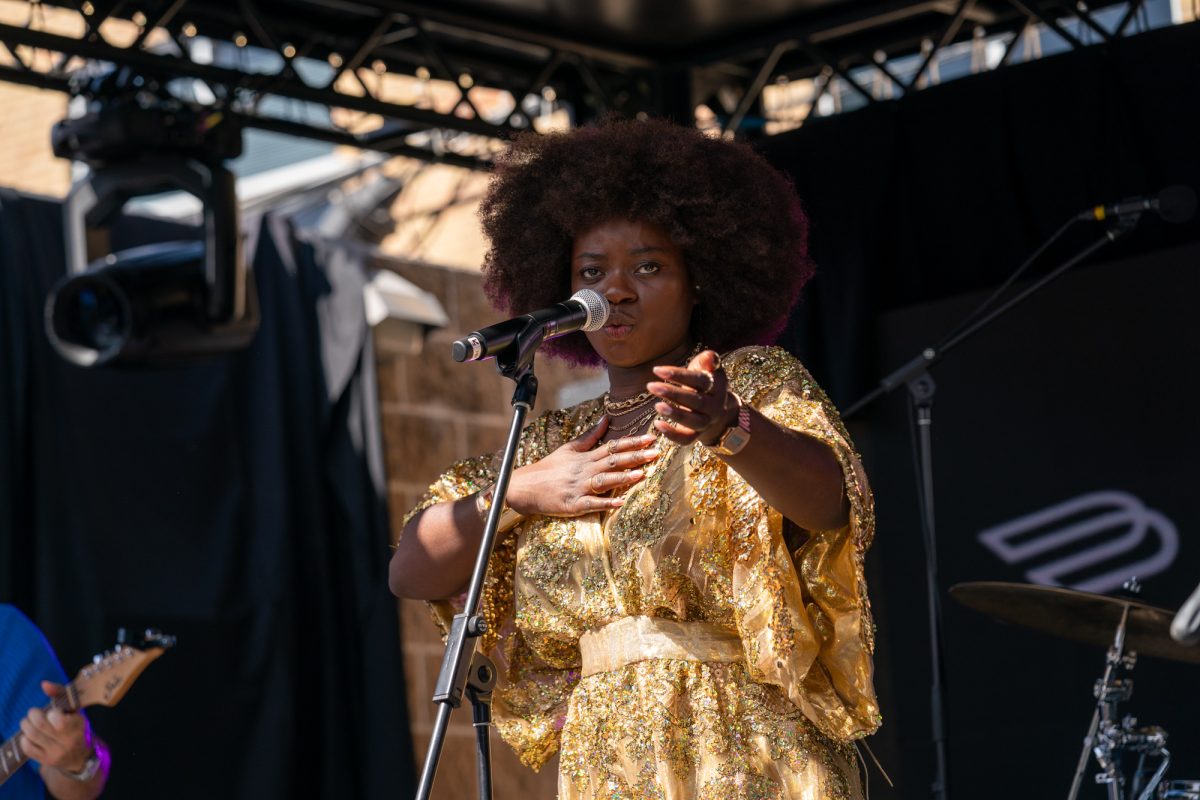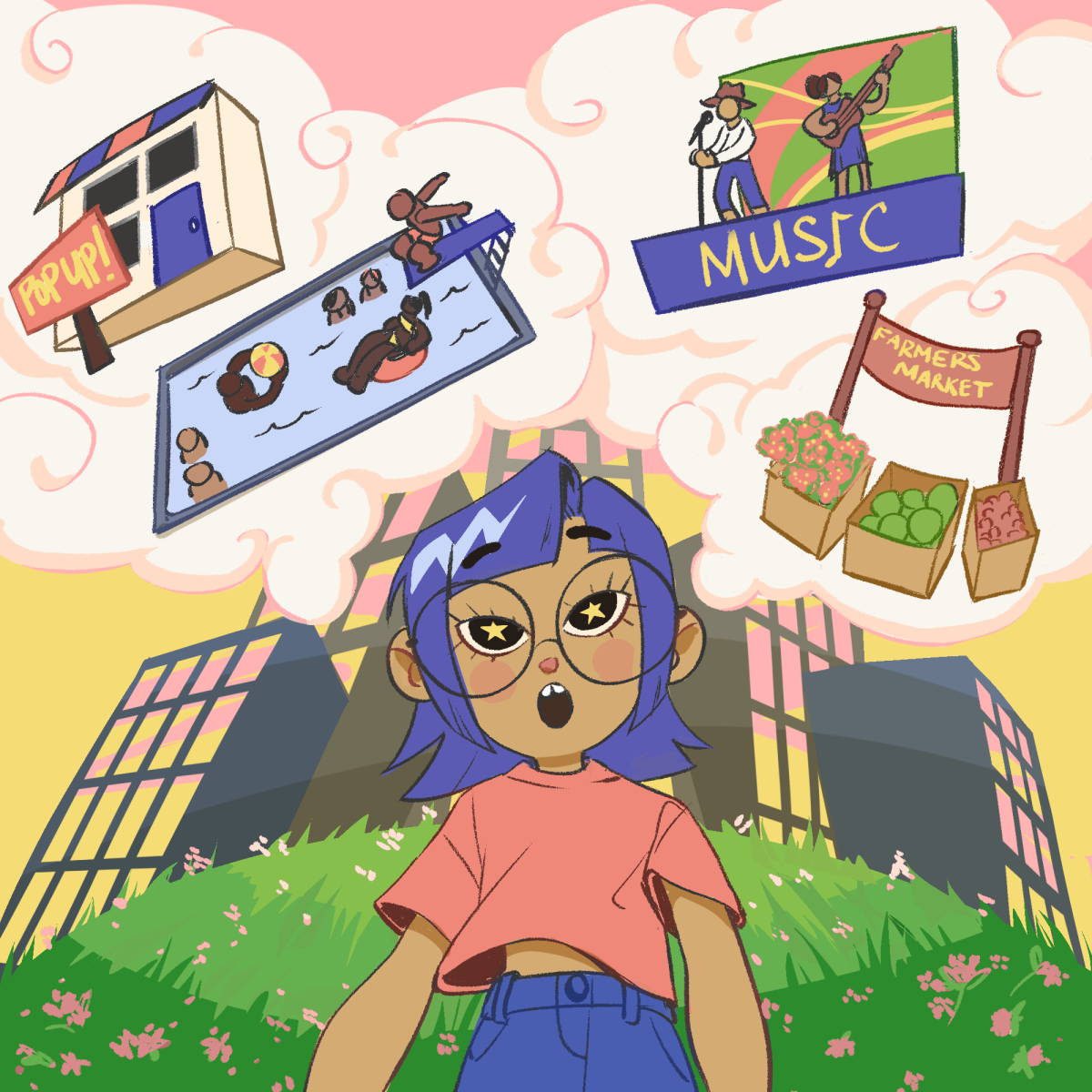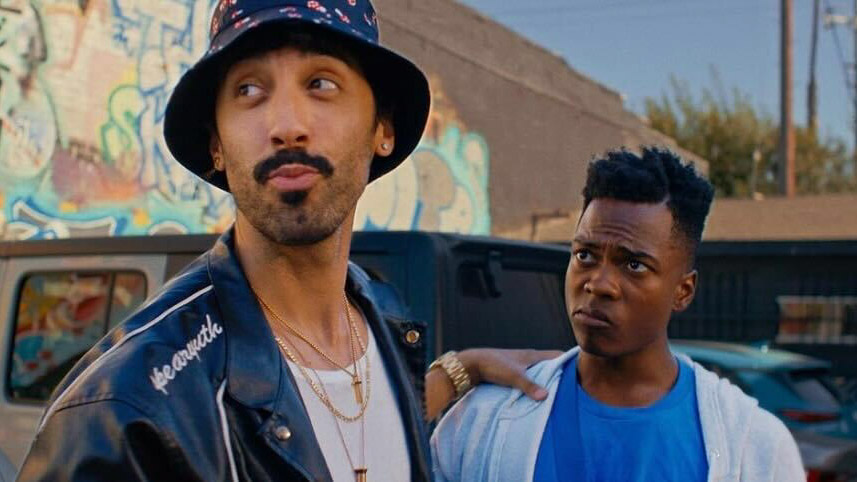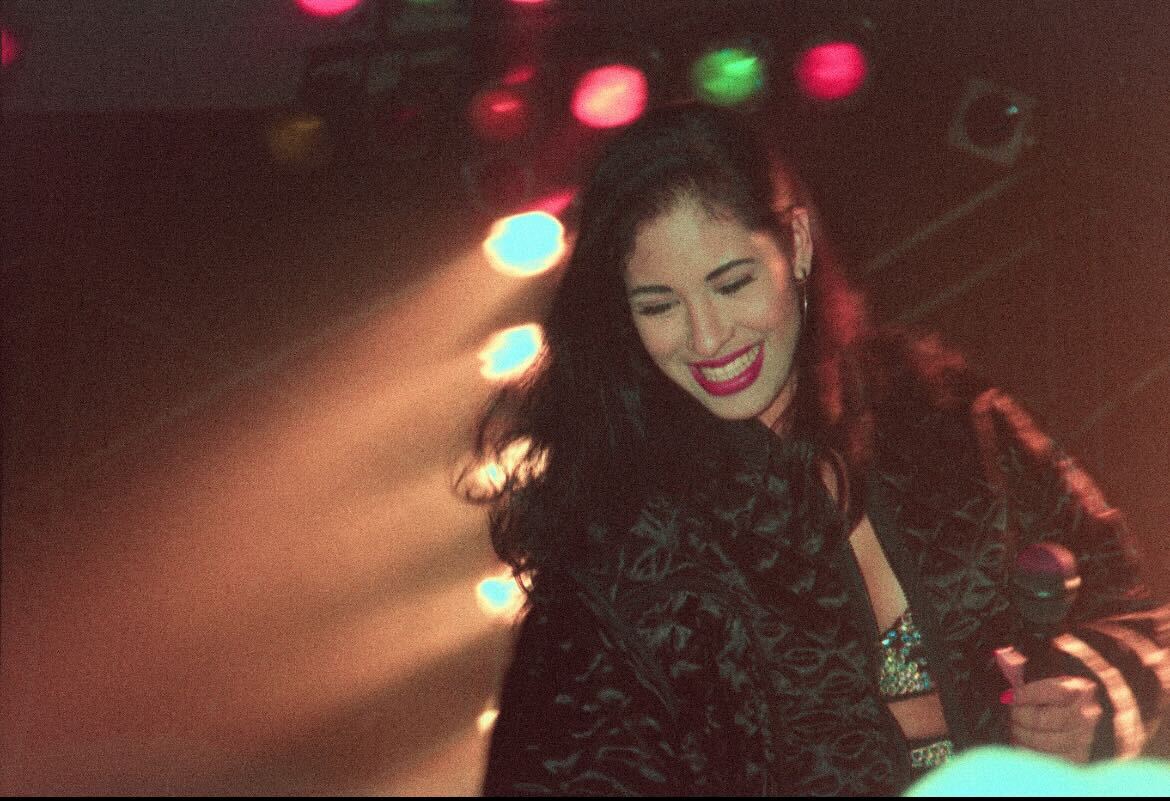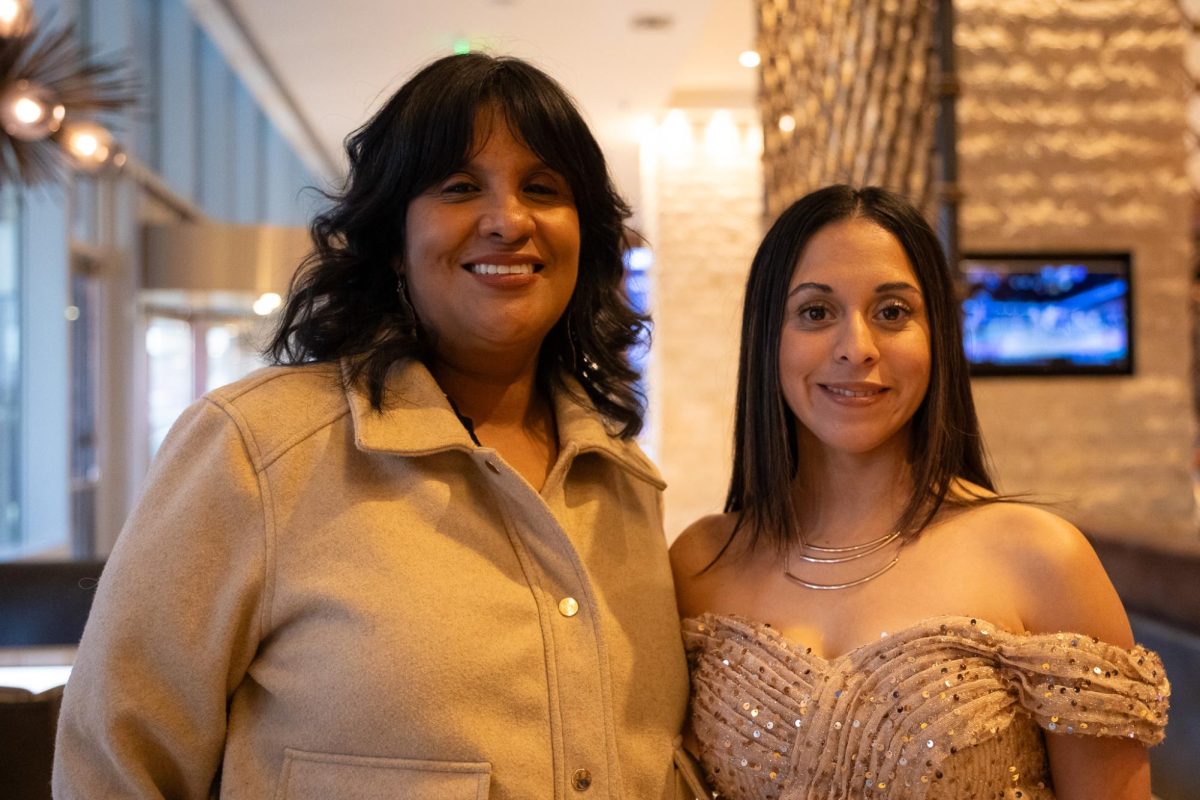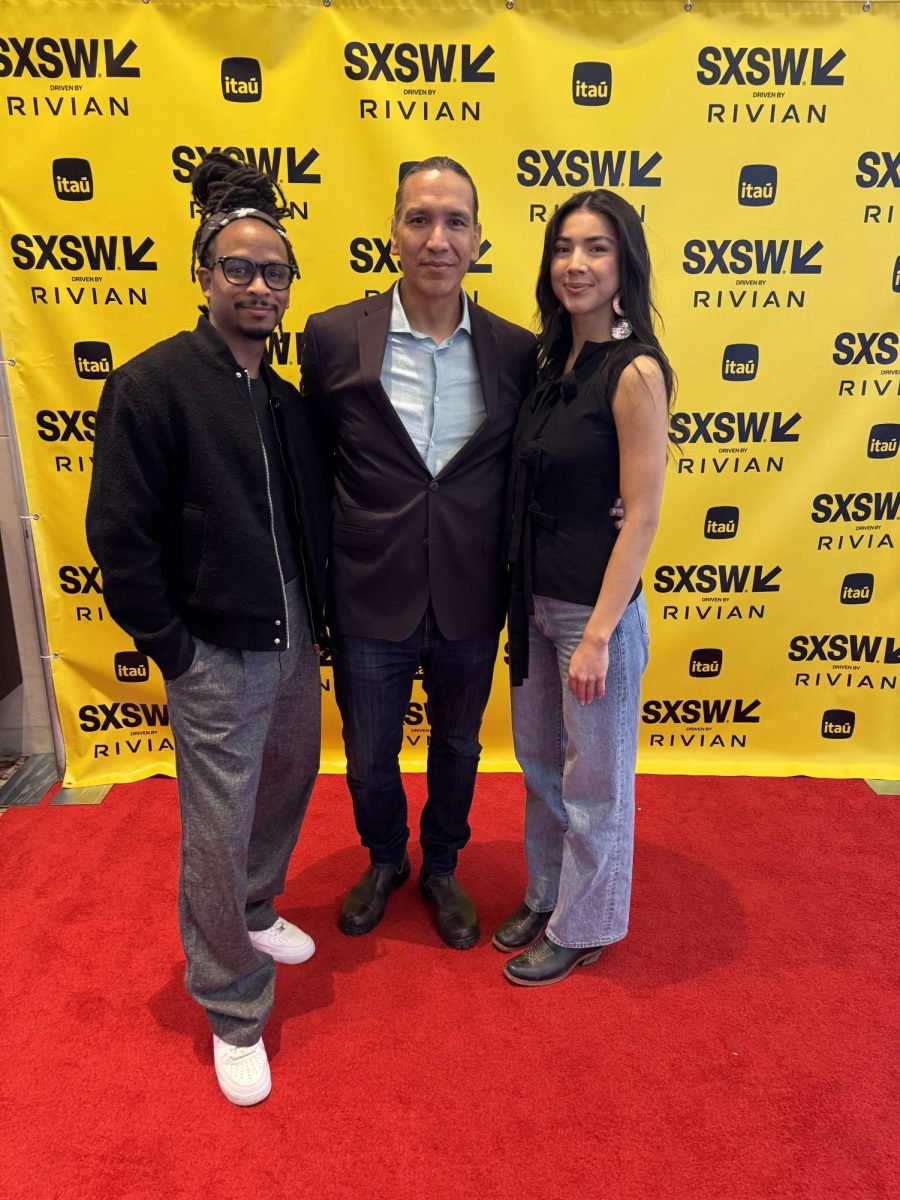This exhibit was created to be seen, photographed and even touched. The Art of Ice Cream Experience is unlike any other art exhibit.
The Art of Ice Cream Experience, an interactive pop-up art exhibit in South Austin that opened Oct. 12, showcases immersive art. Attendees may purchase tickets ranging from $10 to $25 to explore themed rooms, take photographs and share their experiences on social media.
The exhibit originally appeared in Scottsdale, Arizona in December 2017 when West 54 Media Group, an Arizona-based marketing agency, considered producing an ice cream festival. With the proposal, Art of Ice Cream was born and the exhibit ran in Scottsdale for 16 weeks. Deborah Fiorentino, exhibit founder and CEO of West 54 Media Group, said after the success of the exhibit in Scottsdale, West 54 began looking into other cities to host the pop-up.
“Austin kept coming up, so we decided to take the plunge in June and began looking for space,” Fiorentino said.
The first space in Austin fell through due to air conditioning issues, so the exhibit moved to a new location off of South Congress. The displays comprised of backdrops and props provided by both the Scottsdale location and local Austin artists.
“(The Art of Ice Cream Experience) is truly all about the photo backdrops,” Fiorentino said. “Just creating that fun, bright, colorful environment.”
Art of Ice Cream encourages interaction between art and guests, inspiring photos for social media posts. Although many art exhibits restrict photos, social media shifted this norm.
Marketing lecturer Ben Bentzin said this adjustment to technology pushed art entities to adapt, allowing social media and art to work together to expand audience outreach.
“There was a belief one time that if I can go take photos, then what I’ve done is created a substitute for the art experience,” Bentzin said. “What a lot of curators, museums and exhibitors have found is it has exactly the opposite effect.”
Bentzin said people, from the beginning, have always wanted to communicate their experiences with each other and referred to cave painting as the earliest form of sharing.
“Technology has dramatically expanded the audience to with whom we can share, the ease of what we can share and the richness of what we share,” Bentzin said. “If I share, it actually raises interest and awareness in the art, and I expand the audience for my art in a very interactive way.”
The Blanton Museum of Art displays this effect. Blanton’s director of marketing and communications Carlotta Stankiewicz said the head of visitors’ services and the gallery assistants noticed that a large portion of attendees come to experience the art itself.
“We (also) noticed that a lot of times, when people do take pictures of works of art, they share a bit of information in the caption,” Stankiewicz said.
With this wave of technology, art and social media work together to create a memorable experience and capture a sense of interactivity between the viewer and the art piece. Fiorentino said interaction is important because it is becoming a new aspect of museums everywhere.
“People are looking for experiences,” Fiorentino said. “The more you can immerse yourself in that environment, the greater they experience a memory and take away.”

